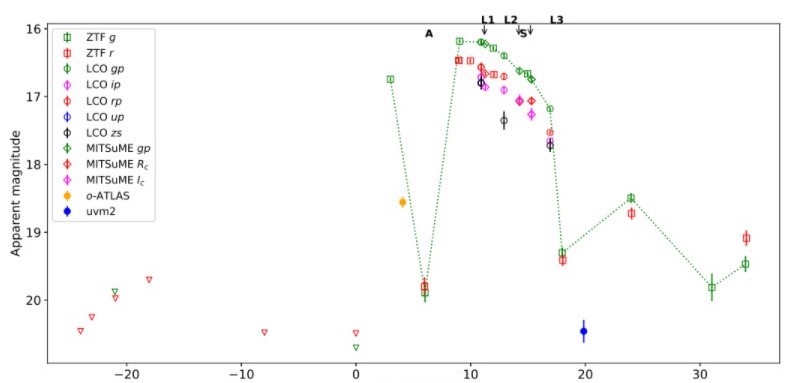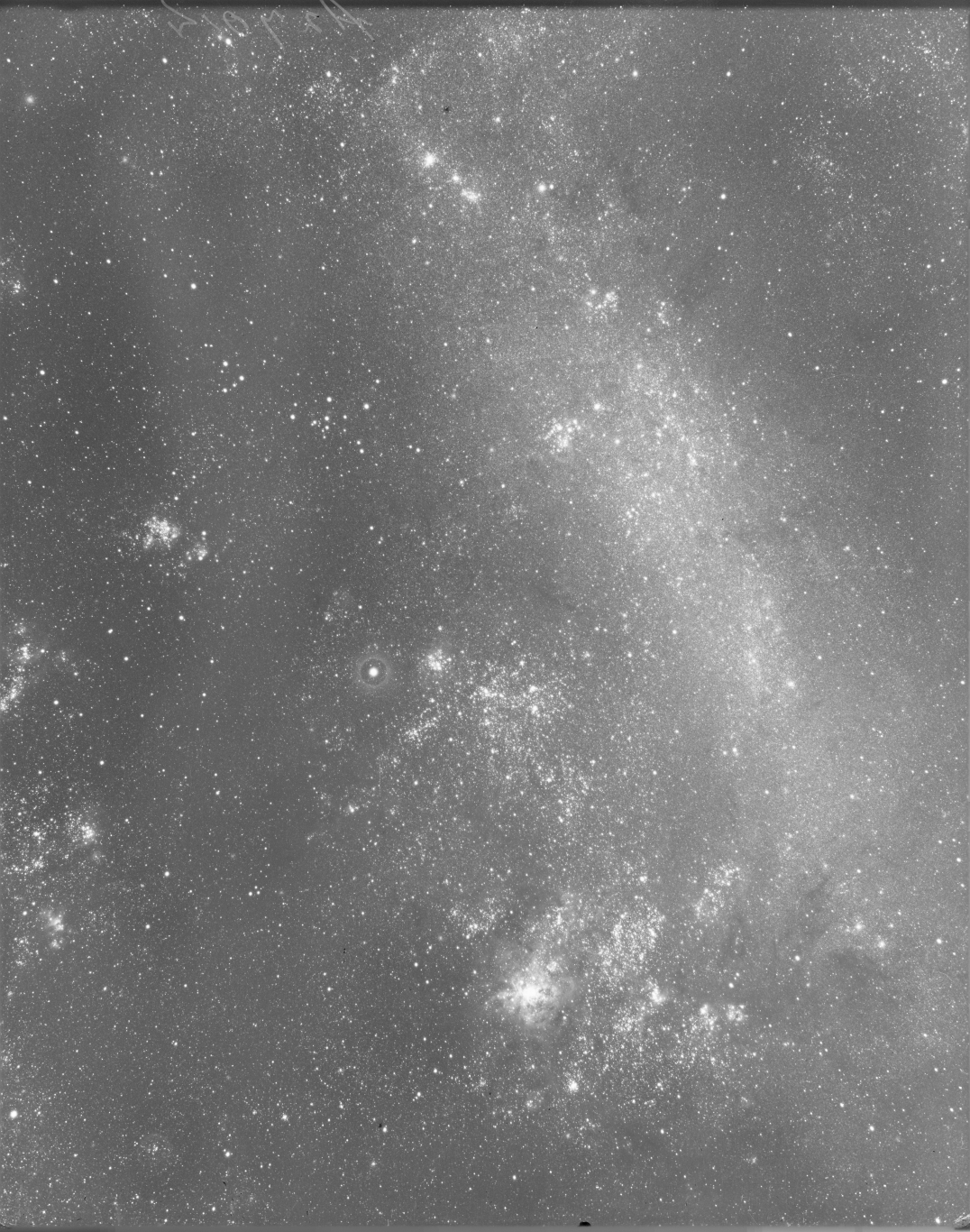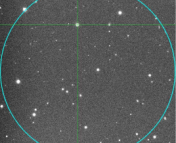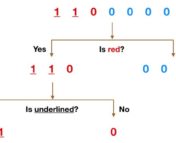The Undergraduate Research series is where we feature the research that you’re doing. If you are an undergraduate that took part in an REU or similar astro research project and would like to share this on Astrobites, please check out our submission page for more details. You can also share your more general research experience, find out more here.

Sarah DeSantis
University of Arizona
This guest post was written by Sarah DeSantis. Sarah DeSantis is an undergraduate studying Astronomy and Physics at the University of Arizona. She completed this research as part of her degree at the NOIRLab in Tucson, AZ under the supervision of Dr. Monika Soraisam and the ANTARES team.
As telescopes and sky surveys become more powerful, astronomers face the challenge of processing the increasing amount of data and identifying the nature of their sources. For instance, the Zwicky Transient Facility (ZTF) surveys the Northern sky looking for objects which vary in brightness, and producing Terabytes of data in a night. NOIRLab’s ANTARES team is addressing this processing problem by writing code to filter the data and pick out desired sources automatically.
Using samples of known types of variable stars (stars which change in brightness, or apparent magnitude, over times of hours to many months) from the ZTF, we can automatically pick out desired sources. I have helped create a Python code that uses source properties such as how much the magnitude changes and over what timescale to flag sources that are likely to be outliers from a given population. This is important because it allows us to quickly find interesting sources that may be unidentified and organize any follow-up observations if needed. The code has since been uploaded to the ANTARES database and runs in real-time parsing through ZTF alerts.
This code has already shown success in the few months it has been live. Over the summer, it flagged the source AT 2020iko, due to a drastic change in magnitude seen in the figure below. AT 2020iko’s properties lead us to believe that it is a rare type of dwarf nova, a white dwarf with an accretion disk that periodically increases in luminosity. A dwarf nova candidate with an amplitude as large as this has never been recorded to our knowledge. Currently, the code is being updated to ensure its accuracy.

Edited by: Emma Foxell




